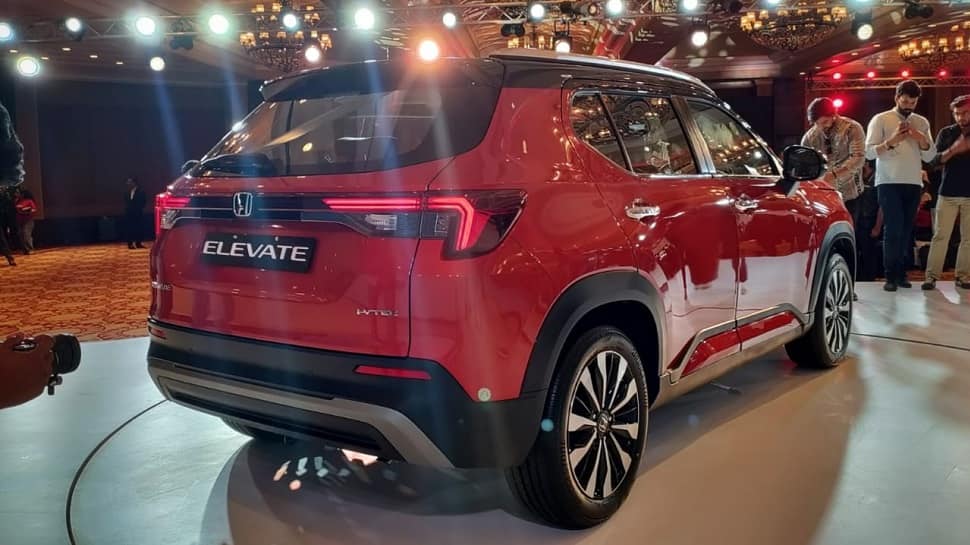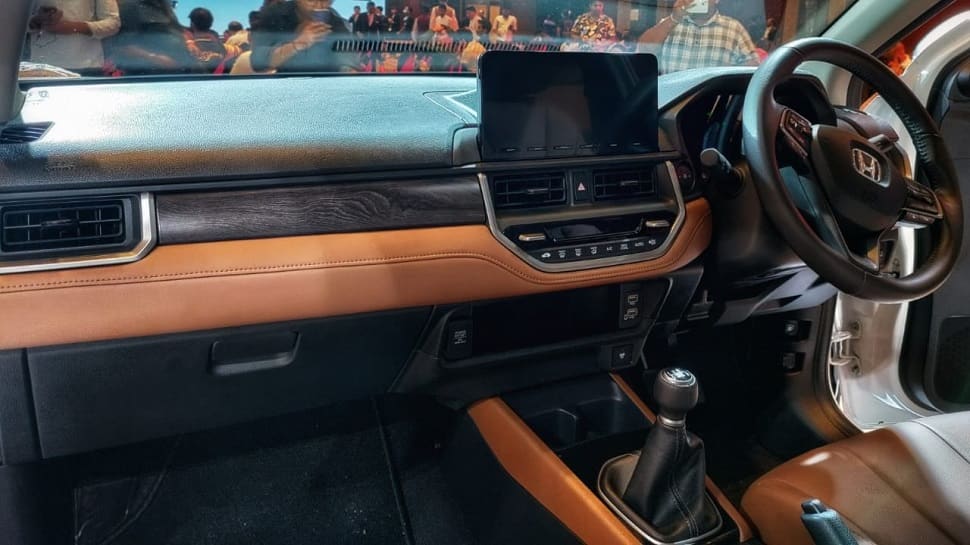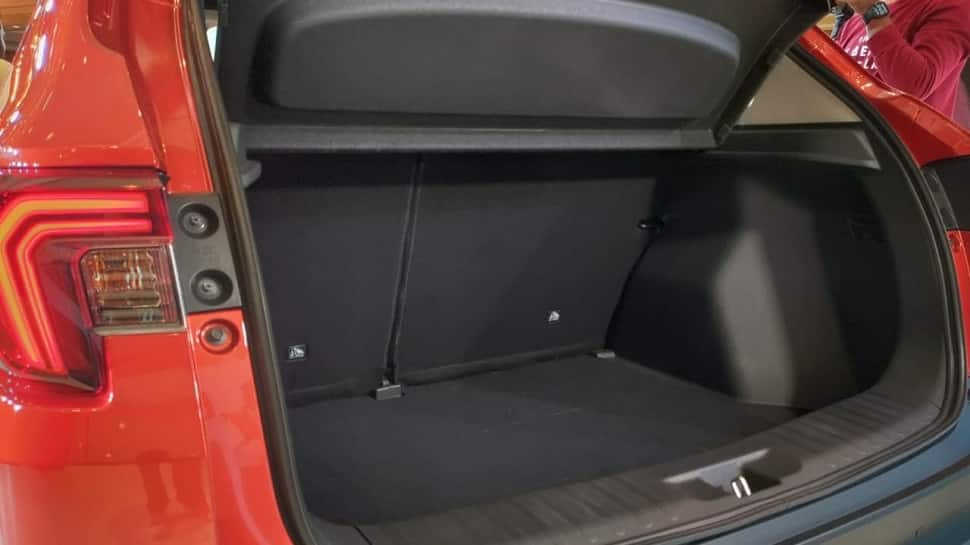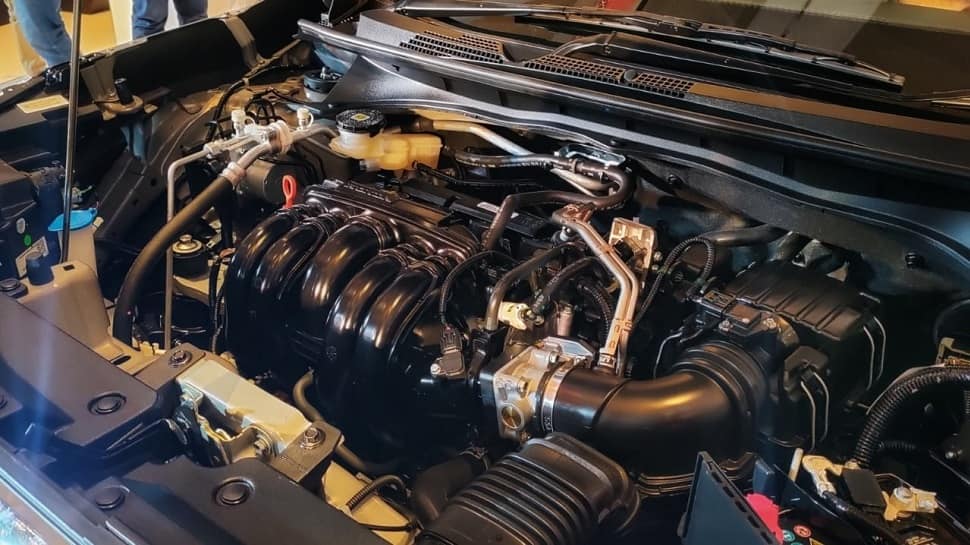Honda Elevate First Look Review: Enough To Make Hyundai Creta, Maruti Suzuki Grand Vitara Worry?
The Honda Elevate will join the mid-size SUV space with Hyundai Creta, Kia Seltos and others to grab a pie of this cake. But is it strong enough to stand tall against the competition?
The mid-size SUV soup is boiling hot with strong competition. Soon, it will be joined by Honda Elevate - the Japanese carmaker’s first-ever attempt in this segment. The Elevate made its global debut in India, and the SUV will be launched by the festive season this year. Honda has confirmed that the order book will open soon. The Honda Elevate will be rubbing shoulders with the likes of the Hyundai Creta, Kia Seltos, Maruti Suzuki Grand Vitara, Toyota Urban Cruiser Hyryder, Volkswagen Taigun, Skoda Kushaq, MG Astor and others. Undoubtedly, the Elevate certainly has been assigned an important task. But will it succeed? Well, here’s what we feel about it in our first-ever static interaction with the Elevate.
Watch Video: Honda Elevate First Look Review
Honda Elevate - Segment-Defying Looks?
The Honda Elevate is designed with the notion of keeping things subtle and classy. The design is understated for the most part. The nose is flat, and the bonnet is high-set. The front end comprises a large-squared-off radiator grille, finished in piano black. The bumper features triangular fog lamp housings, along with a slim scuff plate. Notably, there’s some unwanted visual bulk on the front. The full-LED headlamp cluster is slender-looking with whiskers for LED DRLs. It adds a premium touch to the front end.

The black cladding, squared-off wheel arches, 220 mm ground clearance, chunky silver-finished roof rails, and a flat profile for the roof give it a distinctive stance. The Elevate’s side profile is appealing, but chrome-finished door handles get rubberised buttons for request sensors. No, it keeps away from proximity sensors. Also, the Elevate is 4,312 mm long and 1,650 mm tall. All of this bulk is certainly visible in its design. The absence of a quarter glass in the super-thick pillar, however, makes it look small. The design for the 17-inch diamond-cut rims is rather plain, and there's a huge gap left between the arches.

The 1,790 mm width is apparent around the tail section. The L-shaped wraparound tail lamps look classy and feature a reflector to mimic a connected-style setup. In comparison to the front fascia, the rear facet looks more imposing. In fact, it features more cuts and creases than both the front and side profiles of the Elevate. The road presence of the Elevate could play an important role in its demand, however, the styling lacks sharpness.
Honda Elevate - Posh Inside?
The doors on the Honda Elevate close with a solid thud, reaffirming that build quality is up to the mark. The cabin too has the Honda flavour in plenty. Although the dashboard layout is new, it still feels familiar. Thereby, inviting mixed opinions. The steering wheel is a direct lift from the City, and so is the climate control panel. In fact, layers are used on the dashboard are City-inspired. The 7-inch TFT LCD for the instrument cluster comes from Honda’s C-segment saloon. While it might not spread the air of innovation, all of it will help in keeping the costs in check.

In comparison to the City, the Elevate gets a new larger 10.25-inch touchscreen infotainment unit with wireless connectivity options. It gets an L2 ADAS kit like the City, which comprises lane-keep assist, adaptive cruise control and more. Safety features are kept in check, but convenience is kept aside. The Elevate gets a rather small sunroof, and the equipment skips out on ventilated and power-adjustable seats, a 360-degree parking camera, a rear centre headrest and more.

Space on the Elevate is in abundance, and it feels very much comfortable. Thanks to the seats used here. They felt comfortable and supportive. Also, there’s enough legroom, headroom, and knee room for four occupants to travel comfortably on a long haul. The boot space too is best-in-class at 458 litres.
Honda Elevate - What’s Under The Hood?
To propel the Honda Elevate, there is a 1.5L 4-cylinder NA petrol power plant that is borrowed from the City itself. It churns out a peak power output of 121 PS against a peak torque of 145 Nm. There are two transmission choices on offer - 6-speed MT and CVT. The strong-hybrid powertrain is not a part of the package for the Elevate. At the moment, Honda is looking forward to introducing an all-electric version of the Elevate in the near future. In comparison to the segment best-sellers, this type of powertrain brings volume, but those looking to buy powerful turbo-petrol motors, oil burners, or strong-hybrid setups, will have to look elsewhere.

Honda Elevate - Price & Launch Date
The Elevate is expected to hit the market at a starting price of around Rs 11 lakh and top out at Rs 17 lakh. Honda has the potential to price it aggressively. If they do so or not, we’ll know by Diwali this year, when the Honda Elevate officially goes on sale in the Indian market.
Stay informed on all the latest news, real-time breaking news updates, and follow all the important headlines in india news and world News on Zee News.
)
